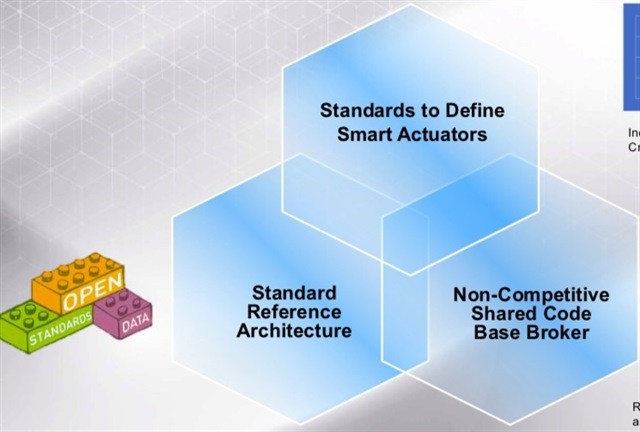The automotive industry is undergoing a radical transformation, driven by the pervasive influence of software. No longer just a mechanical marvel, the modern car is increasingly defined by its complex software systems, blurring the lines between traditional automotive engineering and cutting-edge software development. This shift necessitates a deep understanding of Automotive Oem Software, its challenges, and its potential to reshape the future of transportation.
From Horsepower to Software Power: The Rise of Automotive OEM Software
The automotive landscape has evolved dramatically since Henry Ford revolutionized transportation. Today, vehicles are sophisticated computing platforms on wheels, with millions of lines of code controlling everything from engine performance and safety features to infotainment and navigation. This software-defined architecture has placed automotive OEM software at the heart of innovation.
As Chuck Gray, Director of Electrical and Electronics Systems Engineering at Ford, highlighted in his presentation Automotive OEM to Software Manufacturer—Follow the Computer Industry?, car manufacturers are grappling with the transition from hardware-centric to software-centric development. This entails not only acquiring new technical skills but also fostering a culture of rapid iteration and innovation, traditionally foreign to the risk-averse automotive world.
The sheer scale of this transformation is evident in the staggering investment in automotive compute centers, exceeding $7.5 billion across 15 OEMs. This signifies a recognition that automotive OEM software is no longer a peripheral component but a core differentiator in the competitive automotive market.
The PC Analogy: A Cautionary Tale for Automotive OEM Software
While the PC industry’s standardization enabled rapid growth, it also led to commoditization and thin profit margins for hardware manufacturers. Applying this model directly to automotive OEM software could have similar consequences, stifling innovation and relegating car manufacturers to mere assemblers of standardized components.
The mobile phone industry offers a more relevant parallel. While operating systems standardized around Android, leading manufacturers continue to differentiate through custom silicon and software. This approach allows for both economies of scale and unique product offerings, a balance that automotive OEM software strategies should strive to emulate.
The Future of Automotive OEM Software: Collaboration and Differentiation
The path forward for automotive OEM software lies in a strategic blend of collaboration and differentiation. Standardization in non-competitive areas like sensors, actuators, and basic software infrastructure can drive efficiency and reduce costs. However, core functionalities like autonomous driving and advanced driver-assistance systems (ADAS) require bespoke solutions that reflect each brand’s unique identity and technological capabilities.
This necessitates a shift in mindset, embracing agile development methodologies and fostering partnerships with software specialists. The ability to rapidly iterate, integrate new technologies, and adapt to evolving consumer demands will be critical for success in the automotive OEM software arena.
Conclusion: Embracing the Software-Defined Future of the Automobile
The transformation of the automobile into a software-defined machine is irreversible. Automotive OEM software is no longer a supporting player but the star of the show. By learning from the successes and failures of other industries, embracing collaboration where appropriate, and prioritizing differentiation through custom software development, car manufacturers can navigate this complex landscape and define the future of mobility. The race is on, and the winners will be those who master the art of automotive OEM software.

